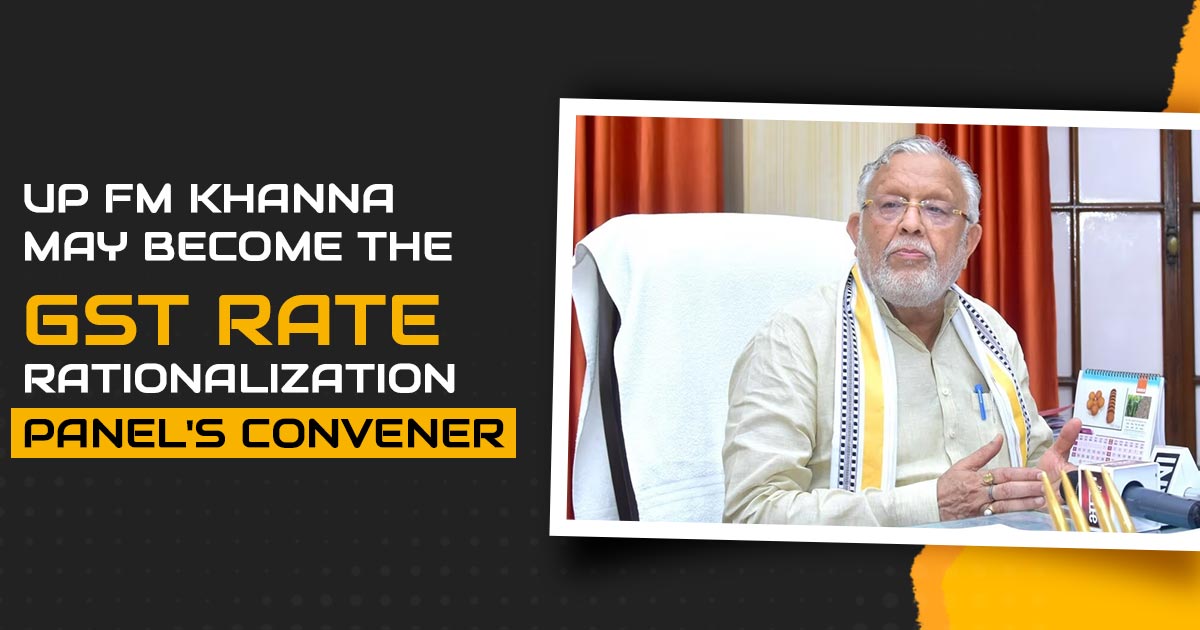
The 7-member GST rate rationalization panel is anticipated to see Uttar Pradesh Finance Minister Suresh Kumar Khanna as its convenor, according to an official source.
There are expected replacements in the Group of Ministers (GoM), where West Bengal Finance Minister Chandrima Bhattacharya and Bihar Finance Minister Vijay Kumar Choudhary will take the positions formerly held by Amit Mitra and Tarkishore Prasad, respectively.
Furthermore, Karnataka Revenue Minister Krishna Byre Gowda is set to join as a new member of the panel. An official memorandum outlining these changes is likely to be released soon, stated the official.
Read Also:- GST Council’s GoMs Likely to Be Restructured Soon
“Uttar Pradesh Finance Minister Suresh Kumar Khanna is poised to lead the panel, with modifications expected in three members’ designations,” the official informed PTI.
The remaining members of the GoM remain Goa Legislative Affairs Minister Mauvin Godinho, Kerala Finance Minister K N Balagopal, and Rajasthan Urban Development Minister Shanti Kumar Dhariwal.
Traditionally, the senior-most member within a Group of Ministers (GoM) assumes the role of panel convenor. The vacancy in the convenor position of the GoM for GST rate rationalization arose when the former Karnataka chief minister, Basavaraj Bommai, who held this role, left office in May of this year.
Established in September 2021 by the GST Council, chaired by the Union finance minister, and involving state counterparts, the GoM on GST rate rationalization had been led by Bommai.
The previous panel, under Bommai’s leadership, presented an interim report to the GST Council Meeting in June 2022, proposing adjustments in tax rates for certain goods and services to streamline the taxation process.
Tasked with recommending necessary rate revisions and rectifying the inverted duty structure, the GoM aimed to simplify the rate system, review the GST exemption list, and boost GST revenues.
Presently, the GST structure encompasses five primary tax slabs: zero, 5, 12, 18, and 28 percent. Additionally, a cess is imposed on luxury and demerit goods, extending beyond the highest 28 percent rate.